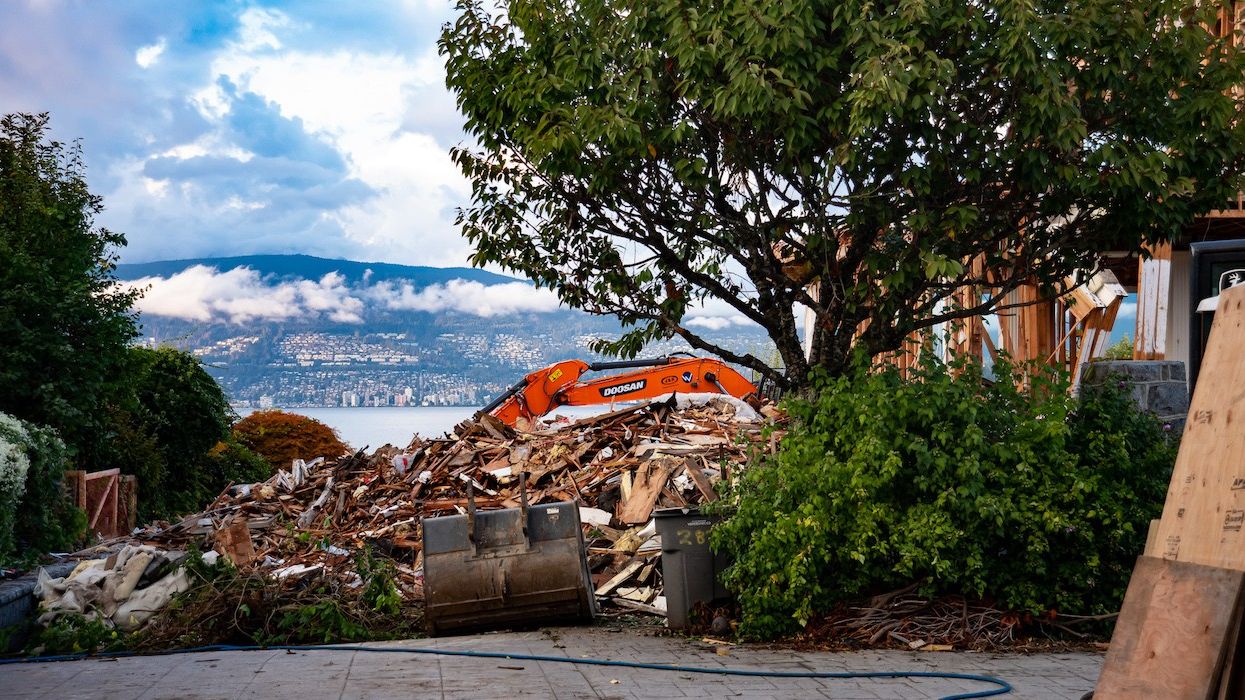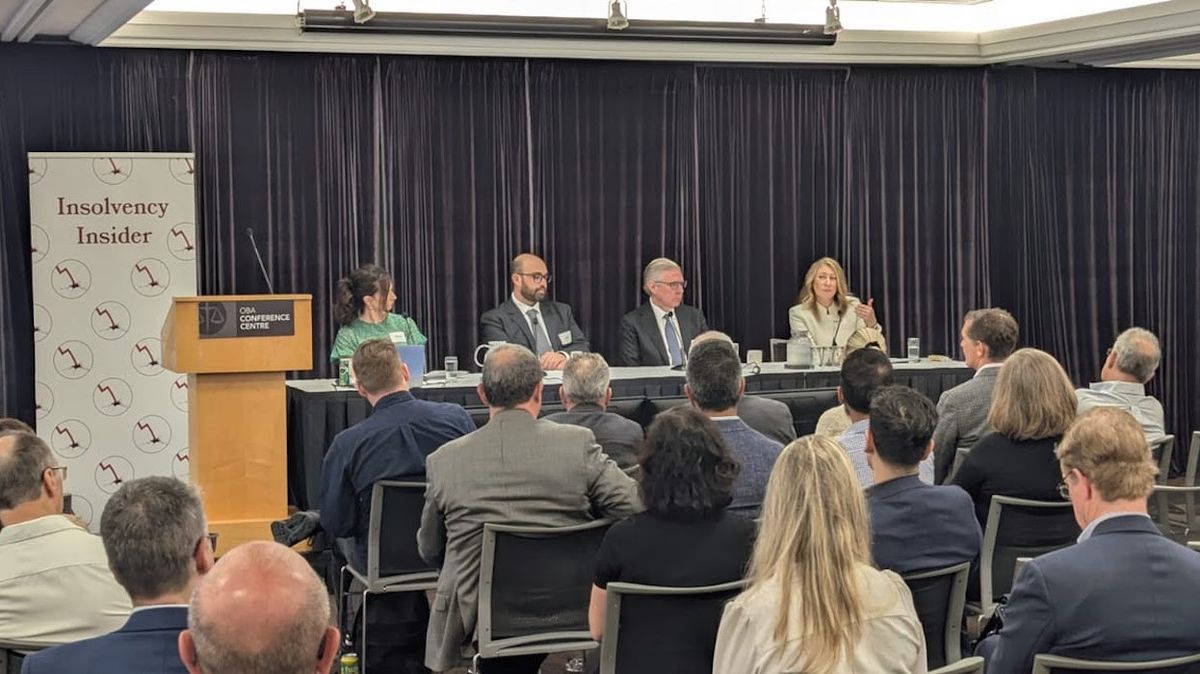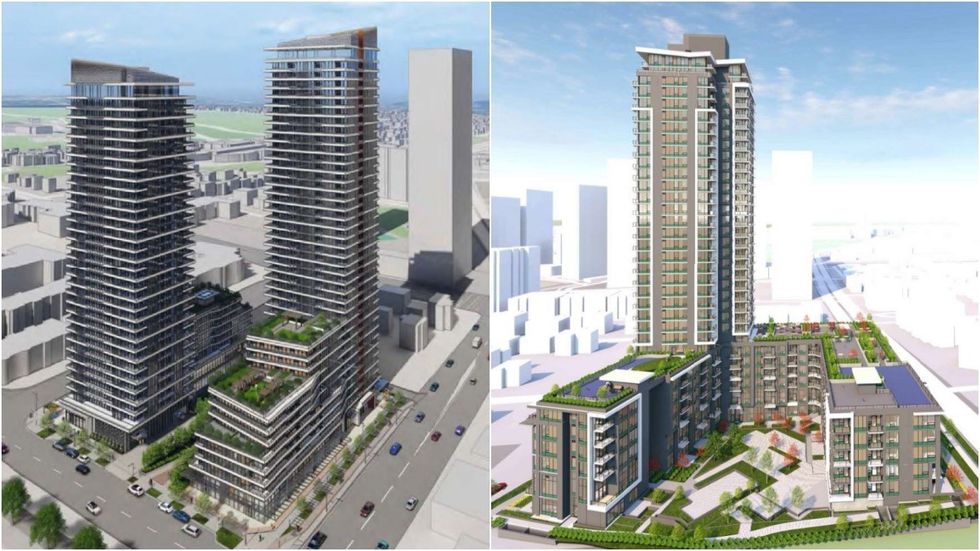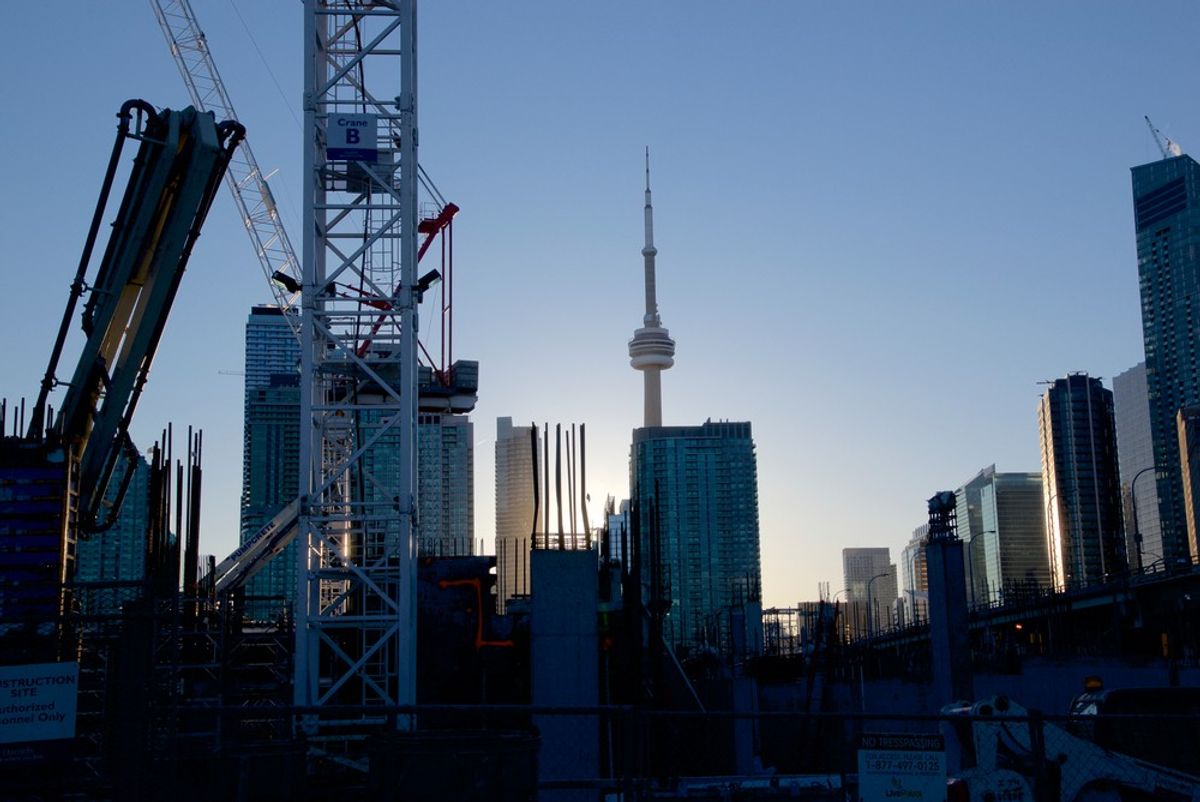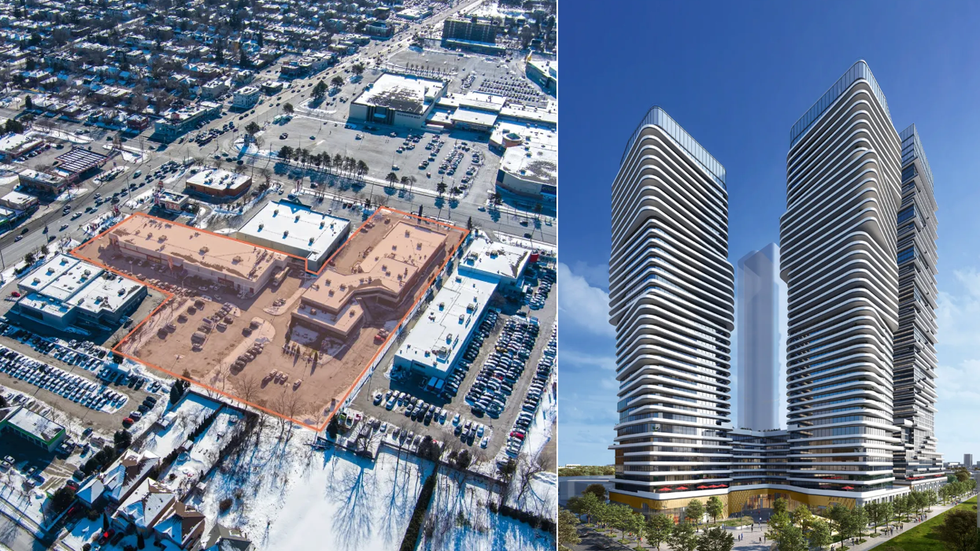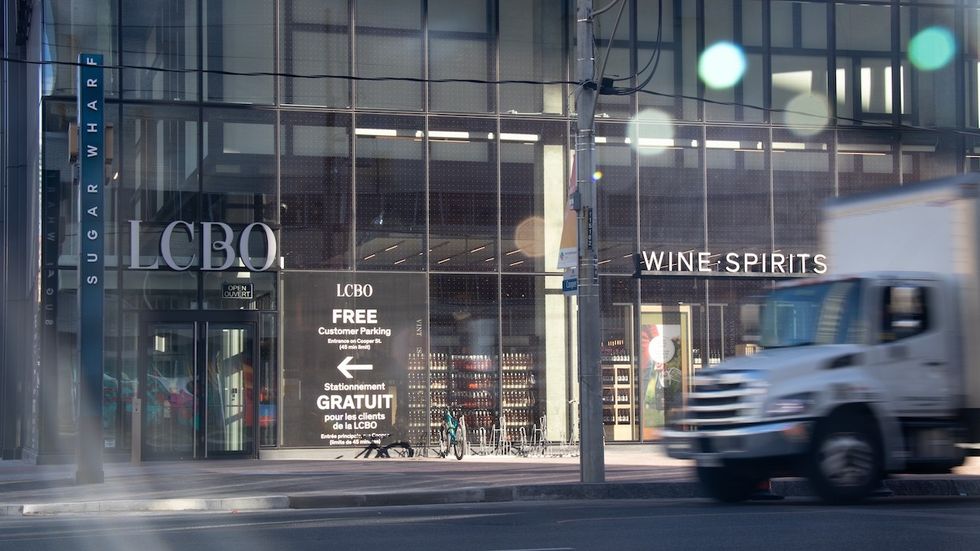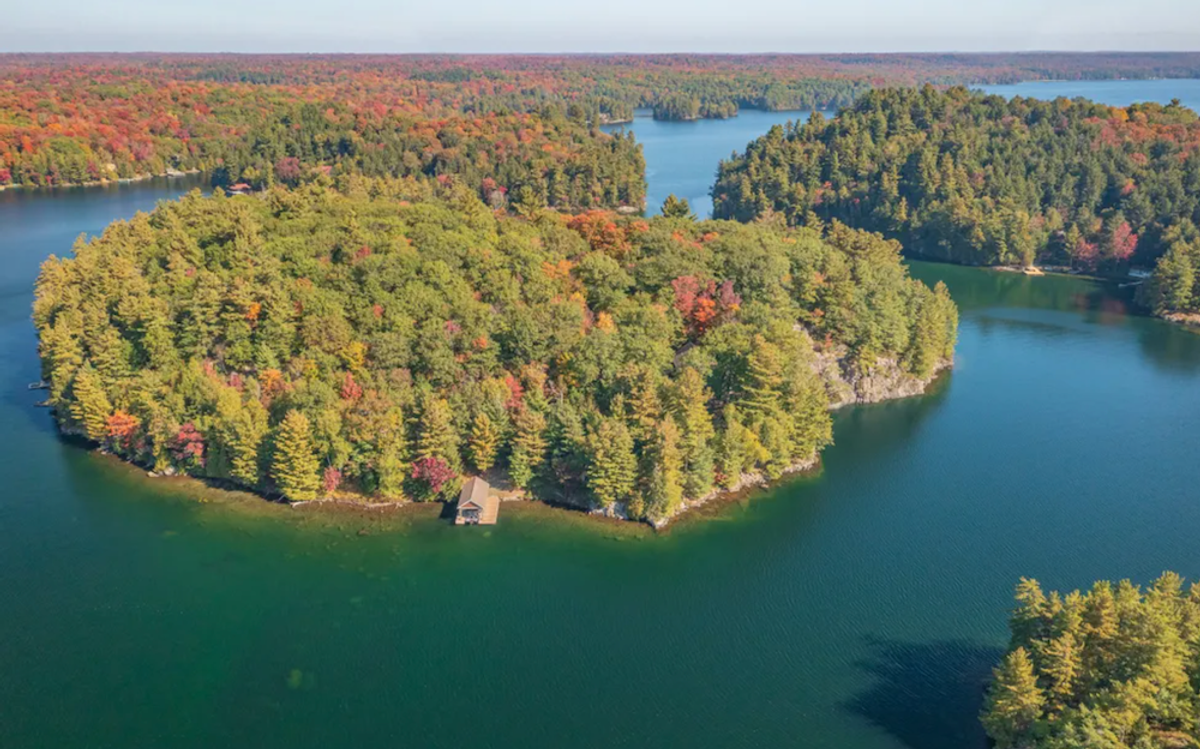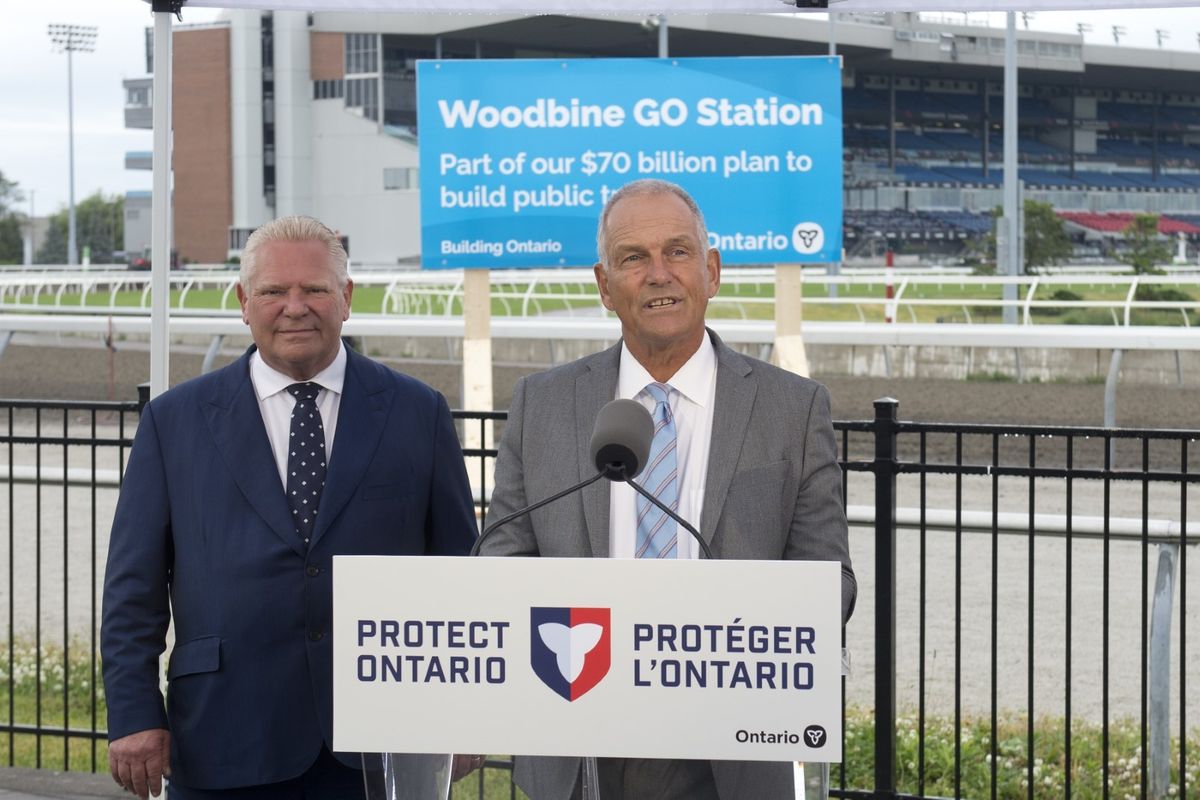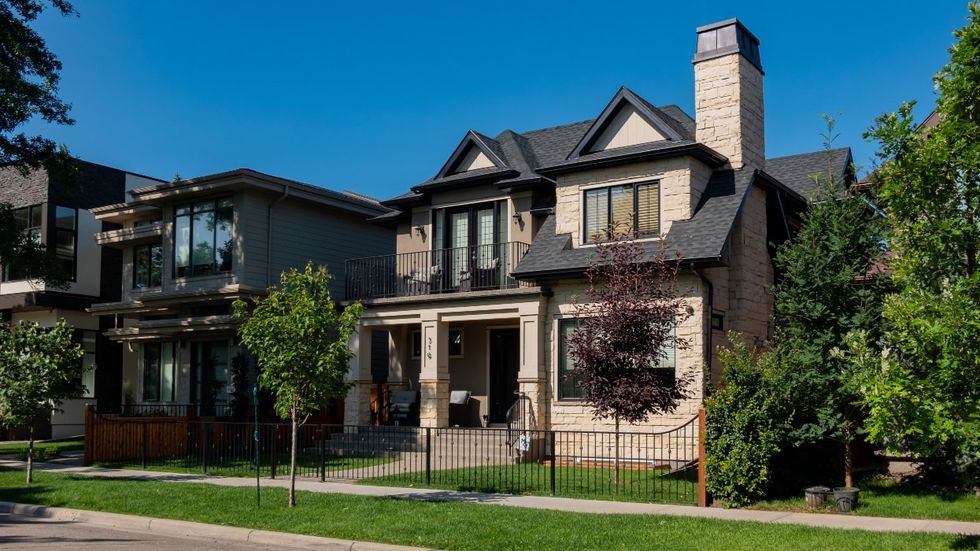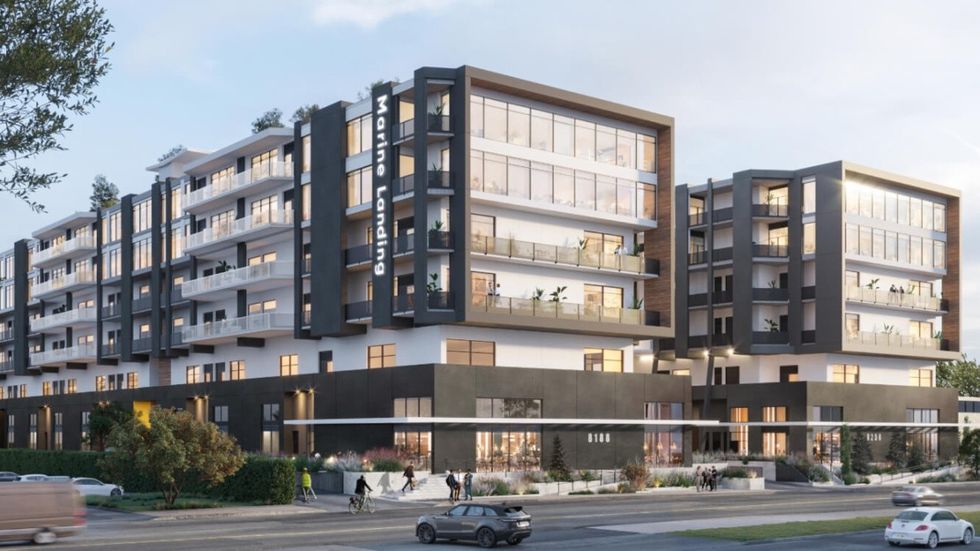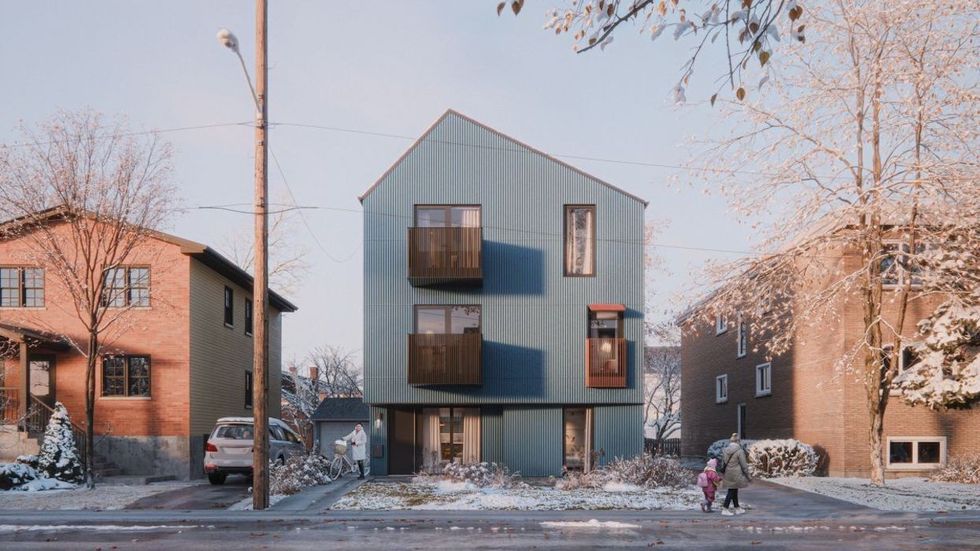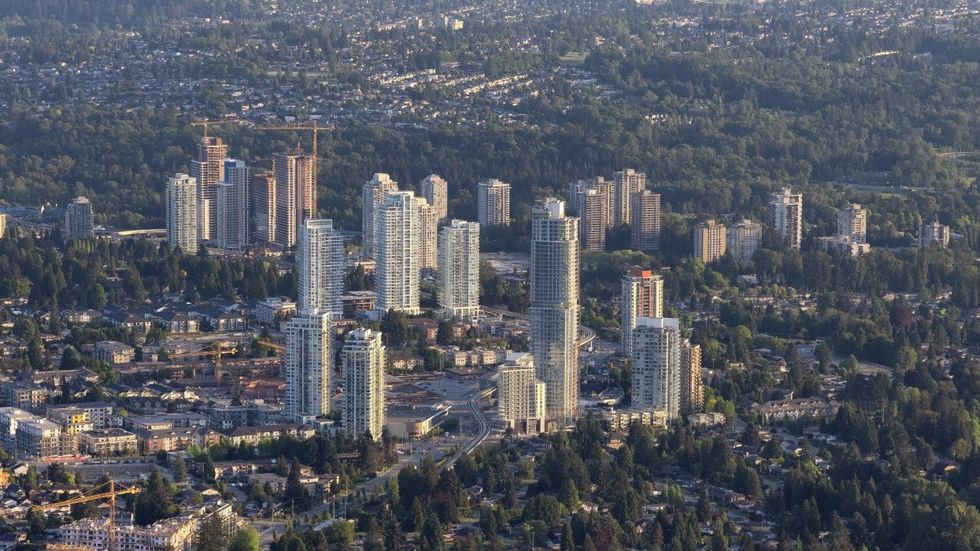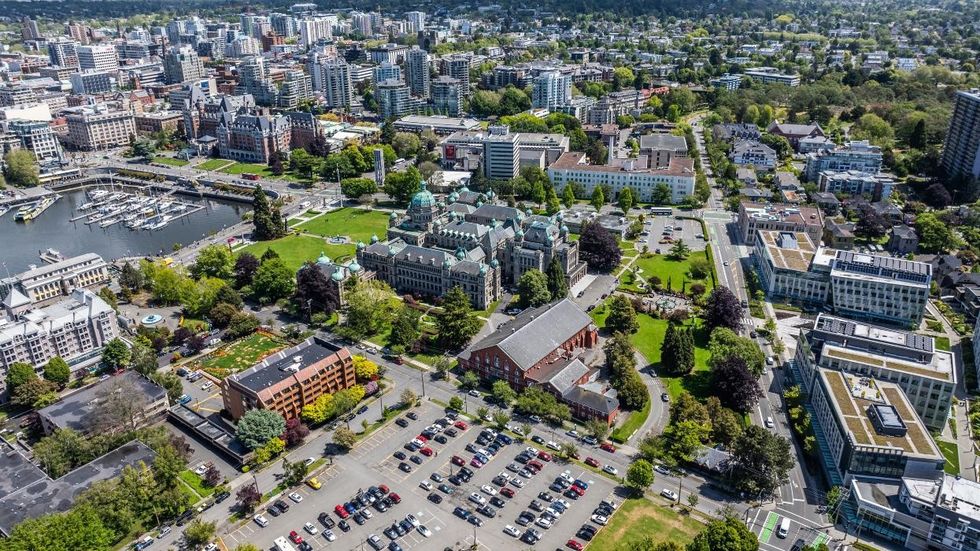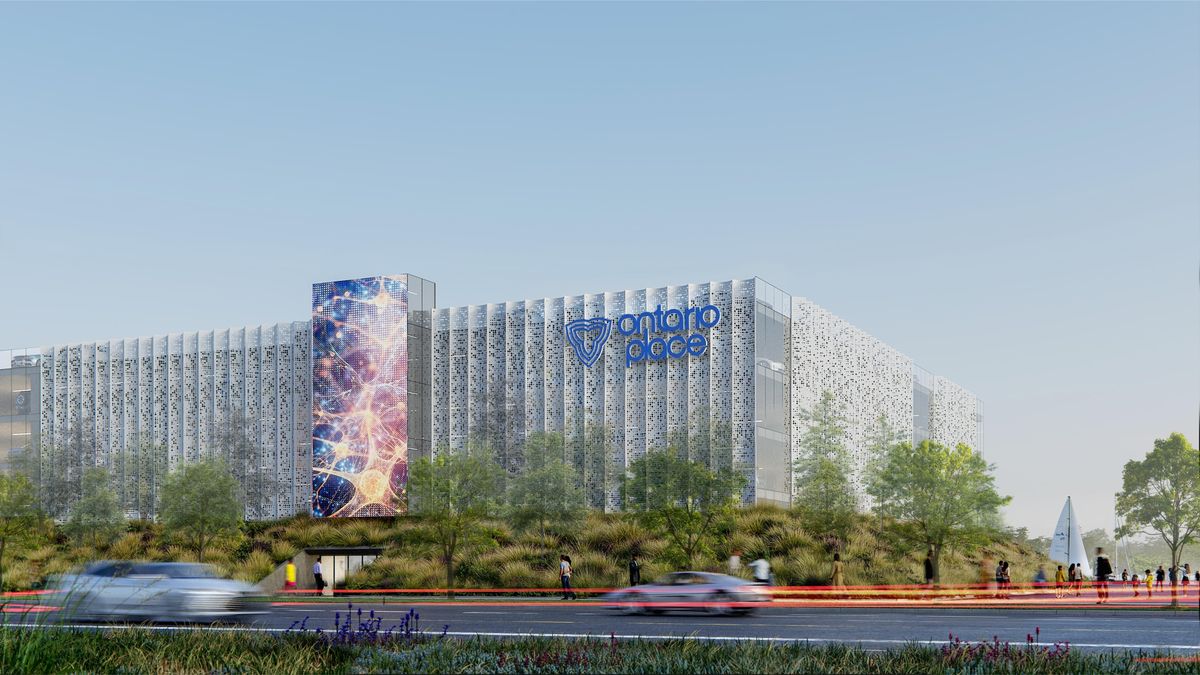In Vancouver, high-quality character houses not only continue to be rapidly demolished, but the pace of teardowns will increase due to the City’s erosion of policies that were designed to protect them, say heritage experts.
The latest teardown that caused neighbours to shake their heads in dismay was the demo of the stately craftsman beauty at 3019 Point Grey Road, a beachfront west-side home down the way from Chip Wilson’s most expensive house in the city. Built in 1912 from old-growth timber, the six-bedroom, five-bathroom, 12,300-sq.-ft property was rumoured to have been eyed by Prince Harry and Meghan Markle three years ago during their sojourn to B.C., when it was listed with an asking price of $35.8M.
But it sold to someone else that year for $27M, according to BC Assessment.
Last month, the new owners decided to hire a demolition company to make wood chips out of the old beauty in the space of a day. It might have survived a couple of wars and the Great Depression, but the character house couldn’t survive Vancouver’s indifference to its own history and love of sparkling white square footage. Who needs old-growth splendour when you can have walk-in closets in every bedroom?
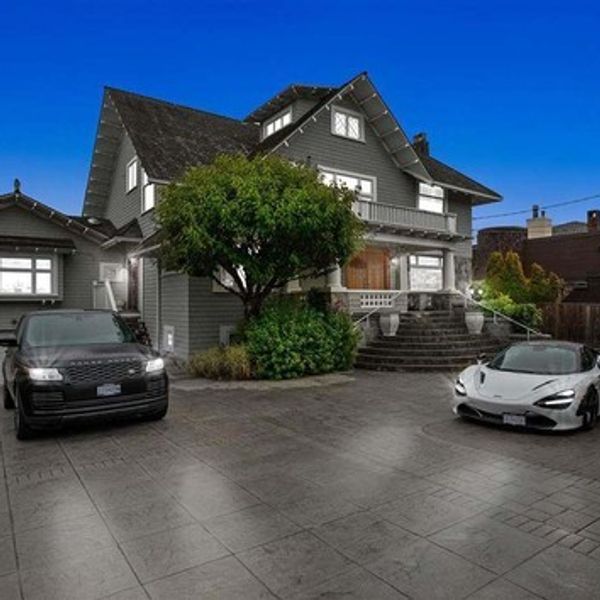
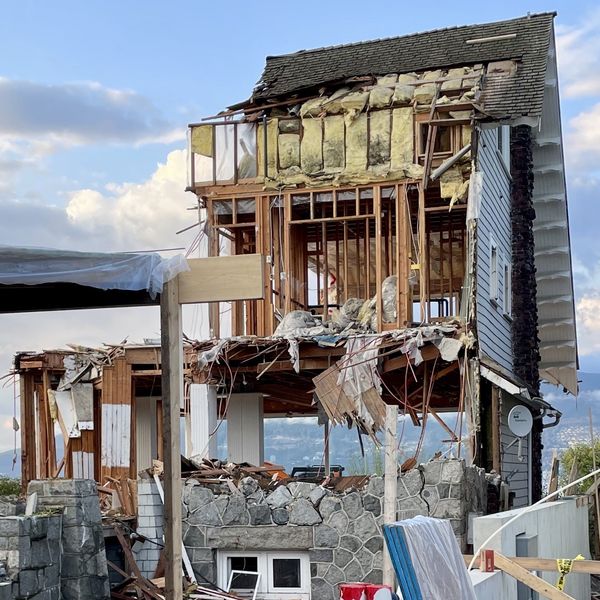
Heritage expert and architect Don Luxton said it’s an example of how little people seem to care about sustainability practices, and, of course, how little the City is doing to protect its history. There’s an irony in building codes that are supposed to be aimed at reducing greenhouse gas emissions when we’re routinely sending good structures to the landfill. And then we rebuild those structures so that they’re a lot bigger, built out of synthetic materials that are transported from all over North America.
It makes no sense, but we do it in the name of “sustainability,” which has lost all meaning, said Luxton.
Construction and demolition waste makes up more than 40% of the city’s garbage, according to the statistics. The City’s Greenest City Action Plan had a target to cut waste sent to the landfill by 50% by 2020. And yet, house demolitions have averaged about 1,000 a year. If they slowed this year, it was likely due to the market downturn.
“It’s shocking how much demolition we have,” said Luxton, who’s a consultant on many of the region’s heritage projects. “The statistics haven’t changed at all over the years. Everything the City has done to prevent demolitions, or to push people to be more sustainable, has failed. I’m frustrated like everybody else is. It’s fallen apart.”
In the case of the manor at 3019 Point Grey Road, it appears that next to nothing would have been re-used after the bulldozer was through with it.
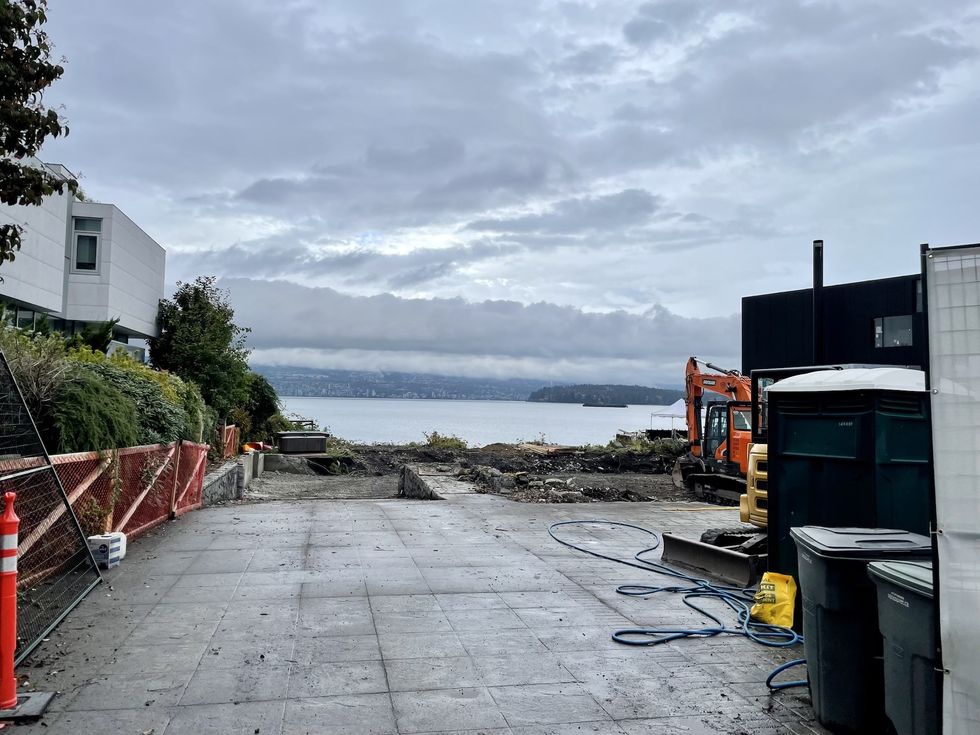
But the City seems to all but have abandoned the few policies that deter demolitions. There are new policies that seem designed to encourage them.
“In Vancouver, we have character merit provisions, but there’s no real disincentive to demolition, just a longer disassembly process,” said author and long-time heritage consultant John Atkin.
Developer James Evans, who’s built several multi-unit infill projects around the preservation of large character houses, has said the City no longer responds to his requests for a Heritage Revitalization Agreement (HRA). Evans had used the HRA designation to build several projects around the Commercial Drive area. But his latest project in that neighbourhood was limited in terms of density because he couldn’t obtain an HRA.
And the City’s new four-to-six-unit multiplex proposal disincentivizes the retention of the old houses because, under the new rules, the character homes won’t be eligible for the higher density of a multiplex.
Why then, would anyone opt to save a character house?
“There will be no incentive to keep something like this,” Evans said on a tour of one of his projects last summer. “Because your density is capped at 0.85 [floor space ratio] and you have to go through a separate development permit process, whereas with multiplex you bulldoze everything and you build bigger at 1.0 FSR. Why would you [save the house] if you have to cap your density?
“I’m trying to advocate to the City that they treat them the same.”
Several years ago, the City abandoned a program that allowed the transfer of density in exchange for heritage preservation.
Six years ago, the Character Home Zoning Review introduced the idea of restricting the size of new houses as a deterrent to tearing down the old ones. (It’s usually the relatively small size of a lot of the character houses that leads to their destruction.) By allowing an opportunity to expand the house by an extension or renovation, it would have disincentivized new development.
For heritage advocates, it was crucial in order to save the houses. But City staff at the time claimed that they hadn’t received support from architects and builders for the downzoning. Housing advocate Caroline Adderson, who’s behind both the Facebook page and the book called Vancouver Vanishes, was hugely disappointed to see the failure of the zoning review. She says that in her west-side neighbourhood, the demolitions continue, and worse — houses sit empty and neglected amid a housing crisis.
“There are houses everywhere sitting for years. They fall into disrepair. There was a row of houses on West 41st Avenue, empty for four years. All boarded up. They used to have people living there. One was a communal shared house. Everyone got kicked out years ago," she said.
“Why not force them to rent them out? But they don’t have to if they’re awaiting permits.”
And then there are the green demolition requirements that don’t deter demolitions.
In 2018, the City required 90% of all homes built before 1950 with character merit to be recycled, including wood salvage, said a City spokesperson.
The house on Point Grey Road was subject to the requirement, which meant it was most likely ground up into wood pellets, also known as biomass fuel. Some materials go to a used supply store, but there’s a very small market for old materials, particularly windows, which aren’t up to code.
Grinding up a house for biomass fuel is an easier process than having to deconstruct a building systematically by hand, which critics say would have been more of a deterrent.
“Do we really want to lose all these buildings?” asks Luxton, who just returned from a trip to the U.K., where he saw a building that was being sustainably de-constructed.
“I just came back from a part of the world that seems to adapt and reuse old buildings all the time [….] We are not in any way shape or form developing in what I would consider a sustainable way.”
And with the 500-block Broadway Plan promising future redevelopment of many old character apartment buildings, and the new zoning change that will allow four-to-six-unit redevelopment of single-family homes, the demolitions will only grow.
“That’s where the City is right now — the policies conflict all over the place,” he said.
